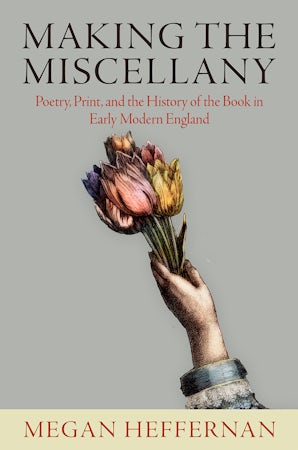- Dec 2021
- Nov 2021
-
site.pennpress.org site.pennpress.org
-
This looks interesting with respect to the flows of the history of commonplace books.
Making the Miscellany: Poetry, Print, and the History of the Book in Early Modern England by Megan Heffernan

-
- Aug 2021
-
Local file Local file
-
The issue of terminology is still problematic since some scholars insist that thegenre must be defined expansively in order to reflect accurately early modernpractice. Adam Smyth’s sixteen characteristics of commonplace book culture(II, A) are particularly useful in this regard
Adam Smyth compiled sixteen characteristics of commonplace book culture. This could be an interesting starting point for comparing and contrasting all the flavors of commonplace book relatives.
Adam Smyth, “Commonplace Book Culture: A List of Sixteen Traits,” in Women and Writing, c.1340–c.1650: The Domestication of Print Culture, ed. Anne Lawrence-Mathers and Phillipa Hardman (2010), pp.90–110
See also possibly: Smyth, Adam. “Printed Miscellanies: An Opening Survey,” in his “Profit and Delight”: Printed Miscellanies in England,1640–1682 (2004), pp.1–31.
-
Harold Love (III, G) distinguishes usefully between the common-place book and the miscellany
Look this up. I'd love to see a more delineated comparison of the difference between commonplace books and miscellanies.
-